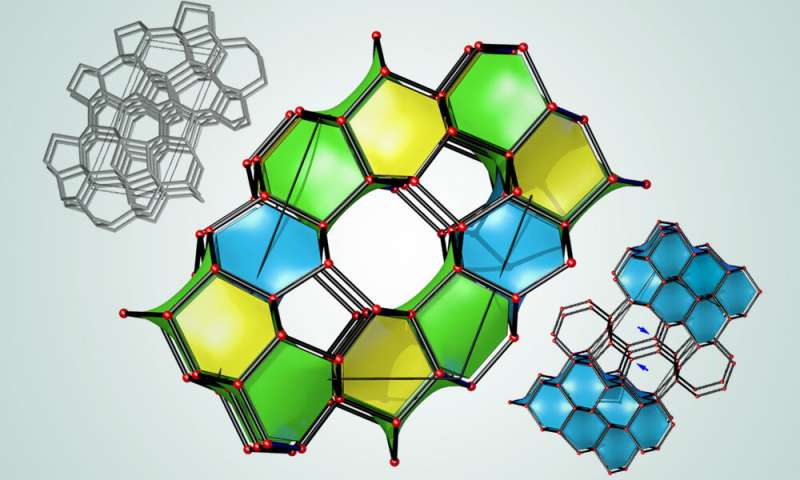Superhard materials are sought after because of their flexibility. This is not meant in terms of bending but is implied in terms of what these superhard materials can be used for building. For instance, making a scratch-resistant coating can find a plethora of applications. This means that finding more of these materials is among the list of top priorities for the scientists. That is where a team from the University of Buffalo comes in with its utilization of artificial intelligence for identification of forty-three kinds of carbon that were unknown previously.

These forms of carbon are said to be stable and superhard. These 43 carbon structures are still theoretical, however, meaning that they have been predicted but have still to be created. Eva Zurek, who is a chemist at the University of Buffalo, said, ‘Diamonds are right now the hardest material that is commercially available, but they are very expensive. I have colleagues who do high-pressure experiments in the lab, squeezing materials between diamonds, and they complain about how expensive it is when the diamonds break. We would like to find something harder than a diamond. If you could find other materials that are hard, potentially you could make them cheaper. They might also have useful properties that diamonds don’t have. Maybe they will interact differently with heat or electricity, for example.’

How do you define the hardness of a material? The hardness of a material is defined by its ability to leaving an impact. As per Zurek, measuring the hardness of a material can be described as ‘if you try to indent a material with a sharp tip, a hole will not be made, or the hole will be very small.’ Hardness can be tested via a Vickers hardness test that has been utilized for measuring the hardness of materials ever since 1925. Superhardness is claimed if a material crossed over the mark of 40 gigapascals, units meant for measuring pressure.
Although there is still some uncertainty when it comes to calculations, scientists are of the belief that all of the 43 hypothetical materials will be able to score more than 40 on their Vickers hardness tests. Zurek explains, ‘Very few superhard materials are known, so it’s of interest to find new ones. One thing that we know about superhard materials is that they need to have strong bonds. Carbon-carbon bonds are very strong, so that’s why we looked at carbon. Other elements that are typically in superhard materials come from the same side of the periodic table, such as boron and nitrogen.’

The team relied on XtalOpt for generating carbon crystal structures to find superhard variations of carbon. XtalOpt is an open-source evolutionary algorithm for crystal structure prediction that was developed in the lab of Zurek. Another machine learning algorithm that was trained on the Automatic FLOW (AFLOW) database – a huge library of materials whose hardness has already been ascertained – was used for guessing the hardness of structures that were created by XtalOpt.
Stefano Curtarolor, Ph.D., professor of mechanical engineering and materials science at Duke University, said, ‘This is accelerated material development. It’s always going to take time, but we use AFLOW and machine learning to accelerate the process greatly. The algorithms learn, and if you have trained the model well, the algorithm will predict the properties of a material—in this case, hardness—with reasonable accuracy.’

The coauthor of the study, Cormac Toher, Ph.D., and assistant research professor of mechanical engineering and materials science at Duke University, said, ‘You can take the best materials predicted using computational techniques and make them experimentally.’


